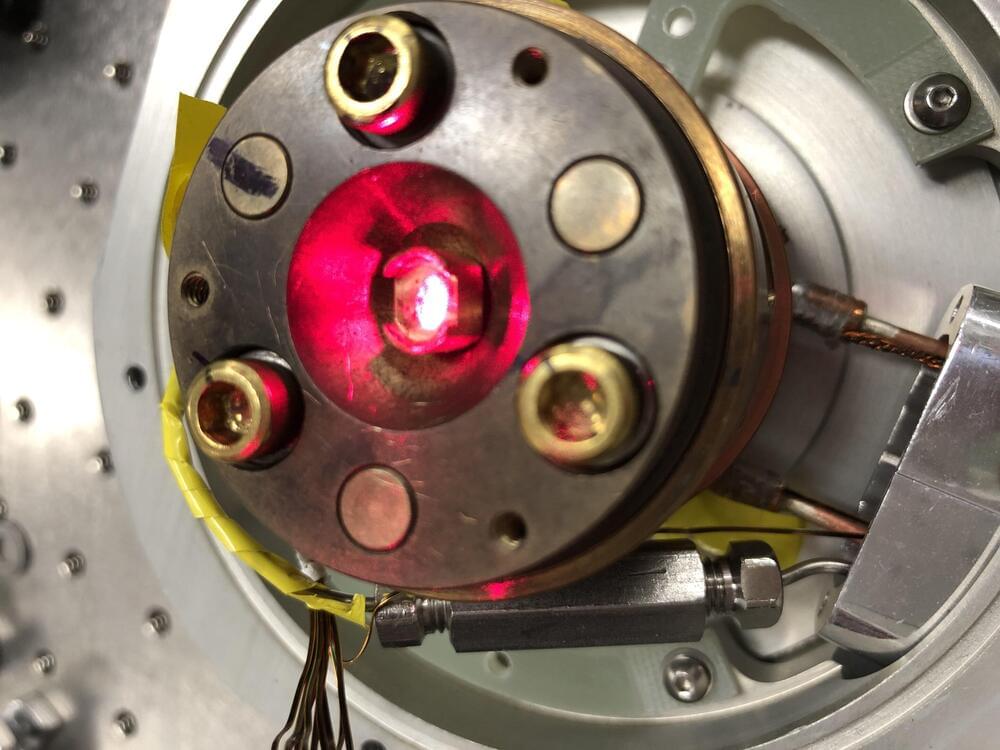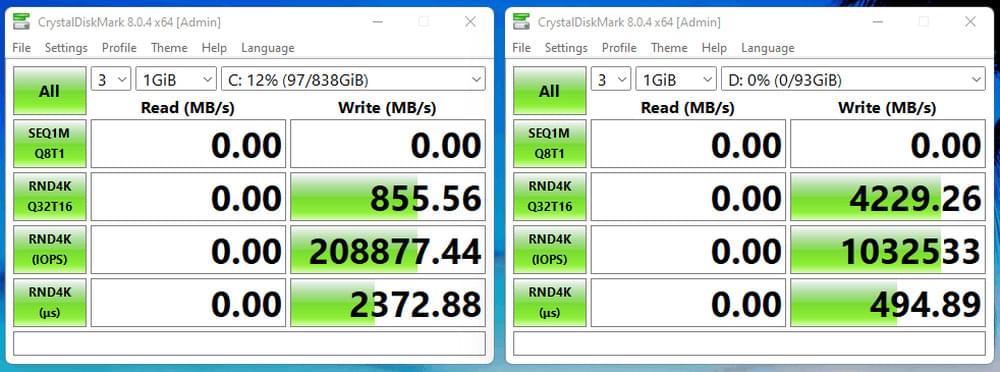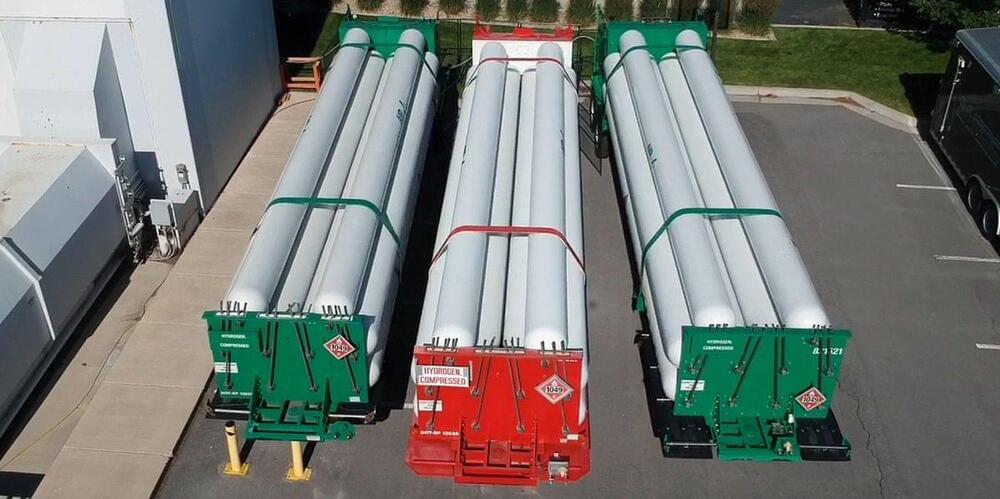Most physicists and philosophers now agree that time is emergent while Digital Presentism denotes: Time emerges from complex qualia computing at the level of observer experiential reality. Time emerges from experiential data, it’s an epiphenomenon of consciousness. From moment to moment, you are co-writing your own story, co-producing your own “participatory reality” — your stream of consciousness is not subject to some kind of deterministic “script.” You are entitled to degrees of freedom. If we are to create high fidelity first-person simulated realities that also may be part of intersubjectivity-based Metaverse, then D-Theory of Time gives us a clear-cut guiding principle for doing just that.
Here’s Consciousness: Evolution of the Mind (2021) documentary, Part III: CONSCIOUSNESS & TIME #consciousness #evolution #mind #time #DTheoryofTime #DigitalPresentism #CyberneticTheoryofMind
Watch the full documentary on Vimeo on demand: https://vimeo.com/ondemand/339083
*Based on recent book The Syntellect Hypothesis: Five Paradigms of the Mind’s Evolution (2020) by evolutionary cyberneticist Alex M. Vikoulov, available as eBook, paperback, hardcover, and audiobook on Amazon: https://www.amazon.com/Syntellect-Hypothesis-Paradigms-Minds…atfound-20
To us humans, to be alive is to perceive the flow of time. Our perception of time is linear – we remember the past, we live in the present and we look forward to the future.







